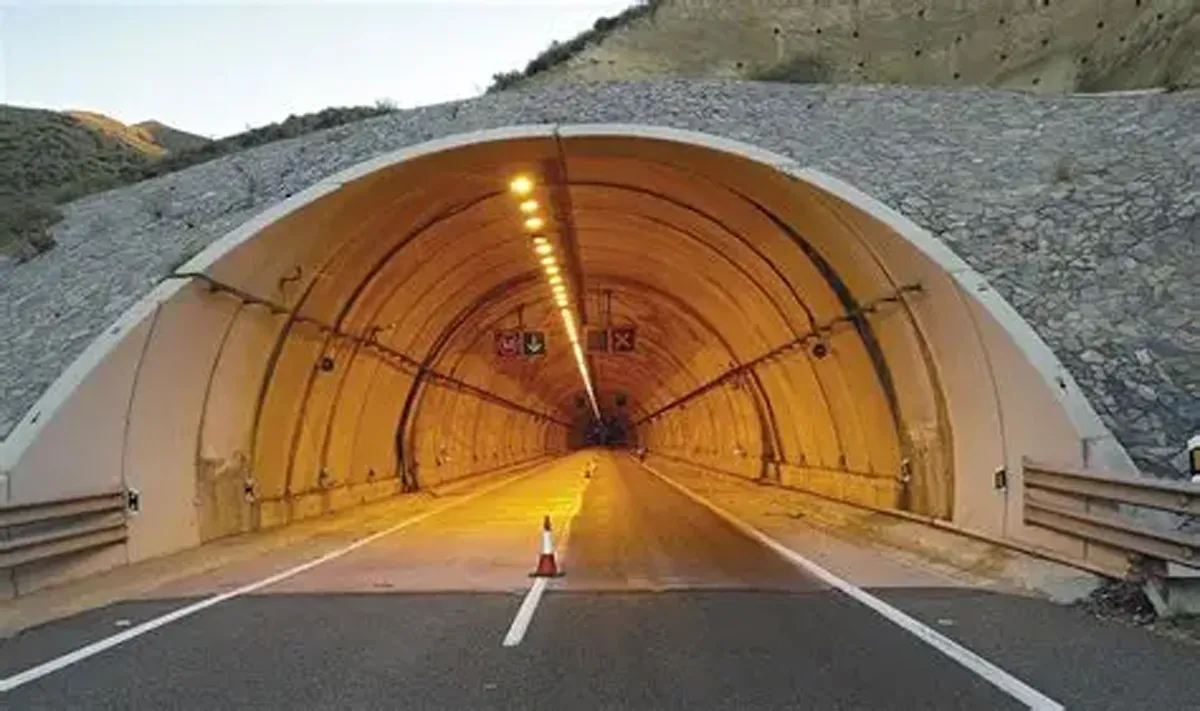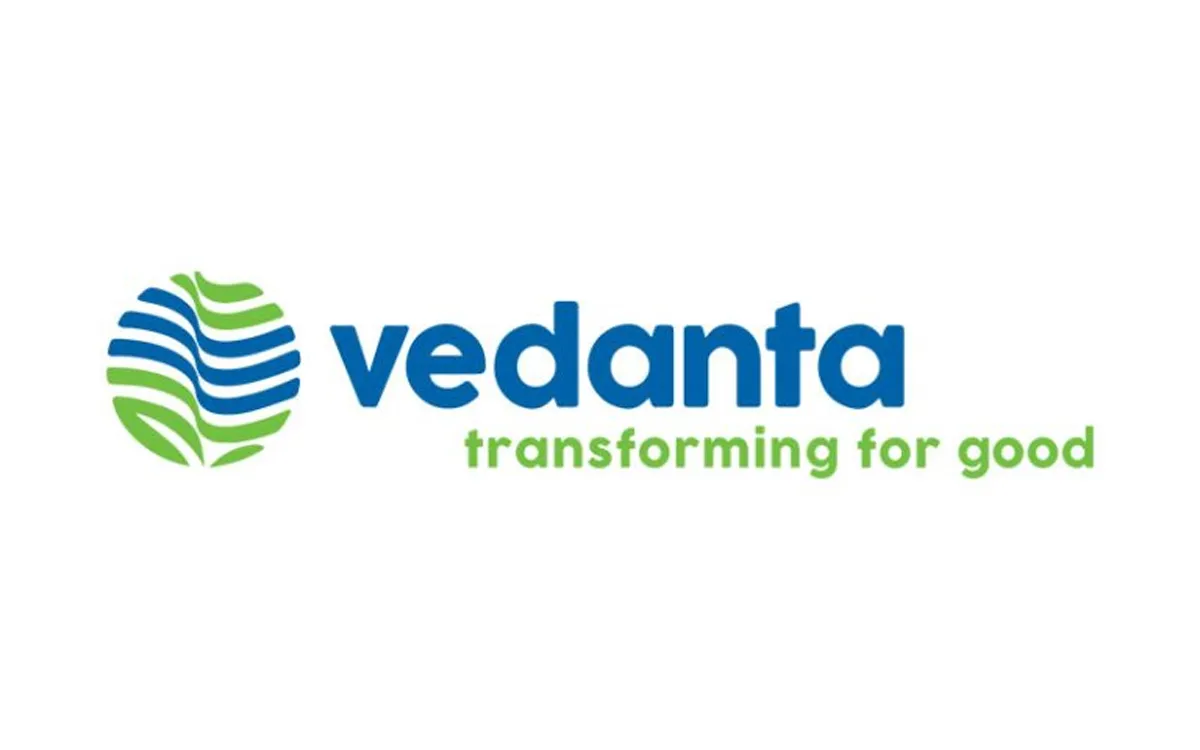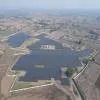Infrastructure development plays an important role in the growth of any country. It has been linked with economic growth and many other aspects that contribute to the country’s progress. This is one of the industry sectors which have made its progress through trials and tribulations. The limited technological utilisation within the sector has been misinterpreted as a boon, whereas it has become a bane. Cost overruns and project delays are issues regularly faced by infrastructure firms. Today, more than ever, infrastructure firms need to create a digital foundation for now and for the future. While every business has been affected by the Covid-19 pandemic, infrastructure projects have faced a huge setback. Lack of demand, labour shortage, and supply chain interruptions such as raw material shortage have affected many projects' viability. This can comprehend a loud and clear message, ie, the need for DIGITAL TRANSFORMATION!
This system will establish highly integrated efficient workflows, seamless data transfer and improve their risk management practices to ensure that they are profitable in these challenging times. To survive and succeed, infrastructure firms need a well-defined process for digital transformation. By deploying SAP – a proven ERP solution that has stood the test of time, has helped enterprises become more competitive.
Establishing a process-driven culture
Infrastructure projects can be broadly divided into two phases: Construction, and Operations and Maintenance. So, a technology platform that not only delivers for today but also supports a vision for embracing the future is highly required. SAP is an enterprise platform that enables infrastructure firms to embrace best practices while allowing flexibility for enhancements. For example, during the pre-construction phase, infrastructure firms can enable enterprise-wide visibility across different supply, production, and inventory functions. The major challenge faced by most infrastructure firms is disconnected islands of information that are scattered across multiple functions and departments. SAP will enable these organisations in macro and micromanagement of the end-to-end processes. Adopting an ERP such as SAP will help these firms move to a single version of the truth. A single platform that will connect each and every stakeholder, ie, internal or external, and seamless data transfer will reduce significant operational errors.
Ensuring projects are completed on time
Timely completion of the construction can be managed and monitored through SAP, and at the same time, cost overrun will be controlled through financial checks and validations. From planning for procurement of raw material to identifying and gauging resources that are required for the execution of the project – SAP can help firms plan appropriately. Similarly, project risks can be reduced by detailed planning for different scenarios. For example, during the Covid-19 crisis, infrastructure firms can identify and assess the impact of manpower disruptions, raw material disruptions, and vendors and subcontractors' potential bankruptcy. SAP will enable the decision-makers with ample information at a click of a button to prioritize and mitigate the risk.
Better financial planning and analysis
Using SAP, infrastructure firms can centralise planning, analysis and execution in one system. This helps them to continuously review their financial data using a centralised database, accompanied by real-time reports and insights into key performance indicators. Visibility into key financial metrics helps infrastructure firms forecast their projects' financial health, identify trends, and make accurate decisions more cost-effectively. This is extremely important in the current environment, where the demand is uncertain, and infrastructure firms need to keep on analysing their financial health on a real-time basis.
Cost optimisation
As mentioned above, the regular issues faced by infrastructure are project delays and cost overruns. The key factors for cost overrun in the construction phase are poor schedule management, wrong estimation, poor design and drawing management. With the enhanced capabilities of SAP project management, each and every activity of the project, from concept to commissioning, can be linked with cost. Budget control and validation against the activities help in monitoring the cost. The holistic view of the project through SAP also provides the control on other cost affecting factors such as material management (inventory and reconciliation), sub-contract management, manpower management, equipment management etc, all on one single platform. The system also can help in optimising various construction wastage. Procurement control, identification of non-moving stocks, material reconciliation, equipment performance monitoring and various checks and controls on subcontractor payment helps in real savings in money terms.
Similarly, in the Operation and Maintenance phase, effective and efficient maintenance practices and predictive maintenance can be achieved. The enterprise asset management functionality of SAP provides robust equipment performance monitoring and controls resource wastage (manpower, material etc.).
Management Information System
If we go by the definition, MIS will be used for decision-making, control, analysis and visualization of information in an organization. SAP Analytics displays the information through the dashboard and various online reports, which assists the decision-makers. The availability of a dashboard and reports just at a click of a button could make the difference in the project's success or failure.
Preparing for the future
SAP has been instrumental in integration with other emerging technologies, including machine learning, RPA, Blockchain, and the Internet of Things (IoT). Construction firms can reap exponential benefits in the future through SAP. Construction firms can leverage the analytics capabilities for analyzing data with what-if analysis and many other options. BIM (Building Information Management) and Digital Twins have been proven as groundbreaking concepts, for which SAP can act as the core and drive the complete end to end process. Construction firms can proactively monitor the health of equipment and predict a possible failure with IoT. With ML (Machine Learning) and AI (Artificial Intelligence), monitoring of project completion based on multiple factors can be easily achieved. The mobile-friendly features of SAP can help managers run the entire system on the go.
When the companies adopt the digital transformation with SAP, unlimited capabilities will be unlocked, and it can all be summarised by saying that the Sky is the limit!About the author: Joydeep Banerjee is Business Head at Highbar Technocrat. Along with providing his expertise as an enterprise solution architect leading presales team providing solution architecture for customers, he has experience in SAP implementation, project management and programme management for around 12 years. He was core team member of SAP implementation project at HCC, which is India’s first infrastructure industry implementation.




















